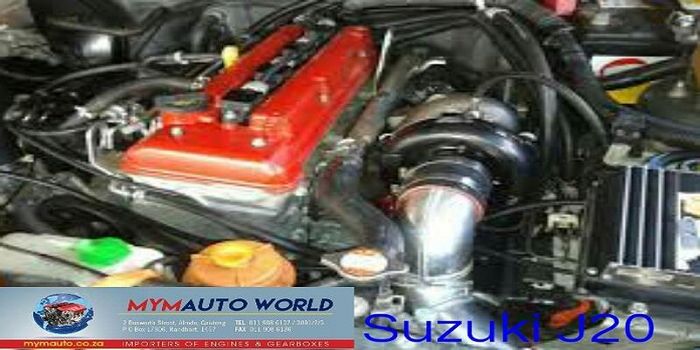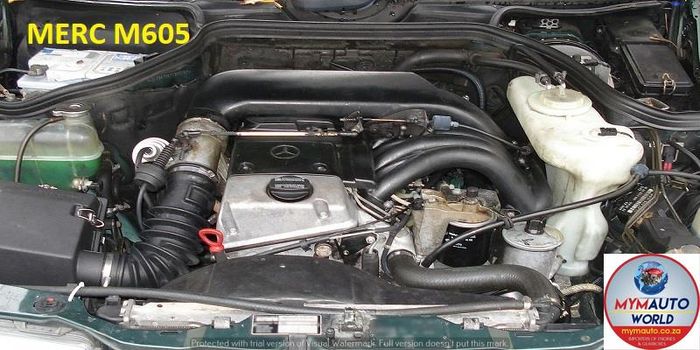Checking Out the Inner Functions of a Compact Lorry's Engine System
As motorists, we typically consider approved the elaborate procedures that occur within the confines of our automobile's engine system. The portable yet complicated machinery that drives us onward is a marvel of design precision and sychronisation. From the regulated explosions in the combustion chamber to the careful timing of gas shot, every part plays a critical function in the smooth operation of the engine. In this expedition of a portable car's engine system, we will certainly decipher the internal operations of this mechanical harmony, clarifying the enigmas that drive us onward on our everyday journeys.
Burning Refine Review
The combustion procedure in a small lorry's engine system is a crucial system that effectively transforms fuel into power to power the lorry. This procedure occurs within the combustion chamber of the engine, where fuel and air mix, spark, and generate controlled explosions. The burning process contains 4 primary phases: intake, compression, exhaust, and power.
During the intake stage, the piston moves downward, attracting a combination of air and fuel into the burning chamber. The following stage, compression, includes the piston relocating upwards, pressing the air-fuel blend to raise its strength. Subsequently, in the power phase, the stimulate plug stirs up the pressed mixture, leading to a rapid development of gases that forces the piston back down. This down motion creates the power needed to drive the vehicle. In the exhaust stage, the burned gases are expelled from the combustion chamber through the exhaust valve, preparing the chamber for the next cycle. This cyclic burning process is basic to the procedure of a compact vehicle's engine system, making sure efficient energy conversion for propulsion.
Piston and Cylinder Communication

The piston's specific fit within the cylinder is essential for preserving ideal compression and avoiding energy loss during combustion. Limited clearances between the piston and cylinder walls make certain reliable sealing, permitting the piston to move efficiently without enabling gases to leakage past. Correct lubrication is additionally essential to reduce friction and put on in between these parts, improving durability and efficiency.
In addition, the layout and materials made use of in manufacturing the piston and cylinder impact engine performance and durability. Modern engines commonly utilize lightweight yet resilient products like aluminum alloys for pistons and cyndrical tube linings to decrease inertia and boost thermal efficiency. Generally, the harmonious interaction between the piston and cylinder is fundamental to the engine's capability and overall performance.
Fuel Shot System Performance
Gas injection systems in small lorry engines play an important role in precisely delivering gas to the burning chamber for efficient and controlled ignition. The gas shot system operates by injecting gas right into the burning chamber at the ideal minute throughout the engine's procedure (opel corsa engine). This accurate timing ensures that the gas mixes uniformly with the air for proper burning, leading to enhanced fuel effectiveness and decreased discharges
There are largely 2 kinds of fuel injection systems used in portable vehicle engines: port gas shot (PFI) and direct gas injection (DFI) PFI systems infuse fuel into the consumption port before the consumption valve, while DFI systems inject gas directly into the combustion chamber. Both systems have their benefits, with DFI providing better fuel atomization and PFI offering a more cost-effective solution.
Recognizing Engine Cooling Mechanisms
Reliable procedure browse around here of a small vehicle's engine relies heavily on the performance of its cooling devices. The cooling system in a compact vehicle usually consists of a number of parts working with each other to regulate the engine temperature level. Recognizing these engine air conditioning mechanisms is essential for maintaining the performance and long life of a small lorry's engine system.

Exhaust System Components Explained
The optimum performance of a small automobile's engine air conditioning systems depends on a complementary system understood as the exhaust system, which comprises numerous essential components for making sure reliable discharges and engine performance. The exhaust manifold gathers exhaust gases from the engine's routes and cylinders them to the catalytic converter.
One vital element of the exhaust system is the oxygen sensing unit, which monitors the oxygen levels in the exhaust gases to aid control fuel consumption and guarantee optimum engine performance. opel corsa engine. In addition, the resonator may be present in some exhaust systems to decrease sound degrees. Generally, the exhaust system plays an essential role in preserving engine effectiveness, lowering damaging emissions, and guaranteeing a quieter driving experience for portable car proprietors

Final Thought
In verdict, the small automobile's engine system is a complicated mix of elements that interact over here to help with the burning procedure, transform fuel right into energy, and eliminate waste gases. Recognizing the internal functions of the engine system, including the piston and cylinder communication, gas shot system, engine air conditioning devices, and exhaust system parts, is important for maintaining optimum performance and performance of the car.
The burning procedure in a small car's engine system is an essential system that efficiently converts gas right into energy to power the automobile.Fuel shot systems in small lorry engines play a crucial duty in precisely delivering gas to the combustion chamber for reliable and controlled ignition.There are primarily 2 types of fuel injection systems made use of in small vehicle engines: visit our website port gas shot (PFI) and straight fuel shot (DFI) Recognizing these engine air conditioning devices is vital for keeping the performance and durability of a portable automobile's engine system.
The optimum functioning of a portable lorry's engine air conditioning mechanisms depends on a complementary system understood as the exhaust system, which makes up different important elements for guaranteeing effective exhausts and engine efficiency.
Comments on “Opel Corsa Engine: Common Issues and Just How to Take care of Them”